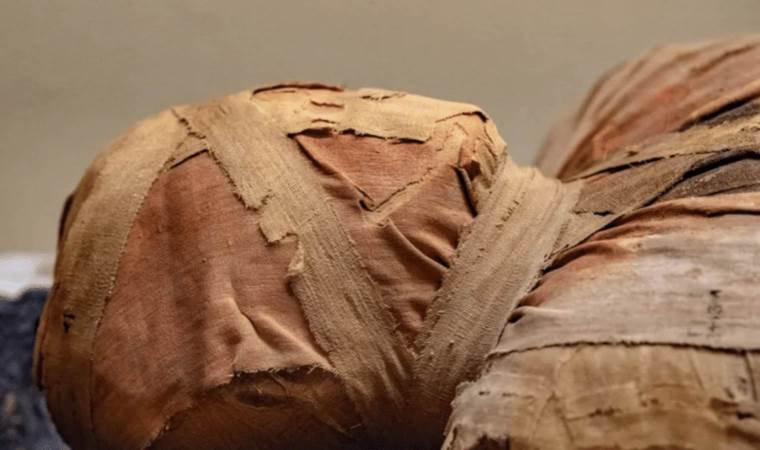Genetic study unravels origins of Tarim Basin Mummies
Experts have narrowed down the origins of mysterious mummies found in the Chinese desert, and the results are quite surprising.

While mummification is commonly associated with Ancient Egypt, mummified remains have been discovered across the globe. In Peru, experts were perplexed by the finding of mummified “non-human” remains sporting only three fingers.
Similarly, the discovery of hundreds of human mummies in the deserts of China’s Xinjiang Uyghur Autonomous Region puzzled experts. They've now utilized genetic data to determine the origins of these mummies. Situated off the Silk Road in the Tarim Basin, these mummies stood out due to their unconventional traditions and appearance, seemingly at odds with the region.
Dating from 2,000 BCE to 200 CE, the mummies exhibited “western” features and adorned colorful wool clothing. Accompanying them were indications of a farming culture, including domesticated animals such as cattle, sheep, and goats, along with agricultural products like wheat, barley, and cheese. These mummies were interred in boat-shaped coffins covered with cowhides.
In a recent study published in the Nature Journal, researchers analyzed genetic data from 13 of the earliest known Tarim Basin mummies dating back to 2,100 to 1,700 BCE. The findings shed light on the origins of these people. The genetic analysis revealed that the mummies were direct descendants of the Ancient North Eurasians – a group of hunter-gatherers who inhabited the northern Eurasian steppe and Siberia.
Despite their widespread presence before their disappearance approximately 10,000 years ago, traces of Ancient North Eurasian genetics are still present in some Indigenous populations of Siberia and the Americas today. The study contradicted earlier theories suggesting that the group were herders from the Black Sea region of southern Russia, Central Asians, or early farmers on the Iranian Plateau. Instead, it suggested that they had a long-standing local ancestry.
Christina Warinner, a study author, professor of Anthropology at Harvard University, and research group leader at the Max Planck Institute for Evolutionary Anthropology, remarked in a statement: “Despite their genetic isolation, the Bronze Age peoples of the Tarim Basin exhibited remarkable cultural cosmopolitanism – their cuisine incorporated wheat and dairy from West Asia, millet from East Asia, and medicinal plants like Ephedra from Central Asia.”
Most Read News
-
 Israeli foreign minister claims interest in Syria deal d
Israeli foreign minister claims interest in Syria deal d
-
 EU must cut overdependencies to stay competitive, von de
EU must cut overdependencies to stay competitive, von de
-
 4 killed in latest US strike on alleged ‘narco-trafficki
4 killed in latest US strike on alleged ‘narco-trafficki
-
 Japanese prosecutors seek life sentence for assassin of
Japanese prosecutors seek life sentence for assassin of
-
 Mexico's president urges UN to intervene in Venezuela to
Mexico's president urges UN to intervene in Venezuela to
-
 Trump touts 'Warrior Dividend,' record in address to nat
Trump touts 'Warrior Dividend,' record in address to nat
-
 Venezuelan president appeals to Colombian military for h
Venezuelan president appeals to Colombian military for h
-
 Trump greenlights over $11B in new arms packages for Tai
Trump greenlights over $11B in new arms packages for Tai








